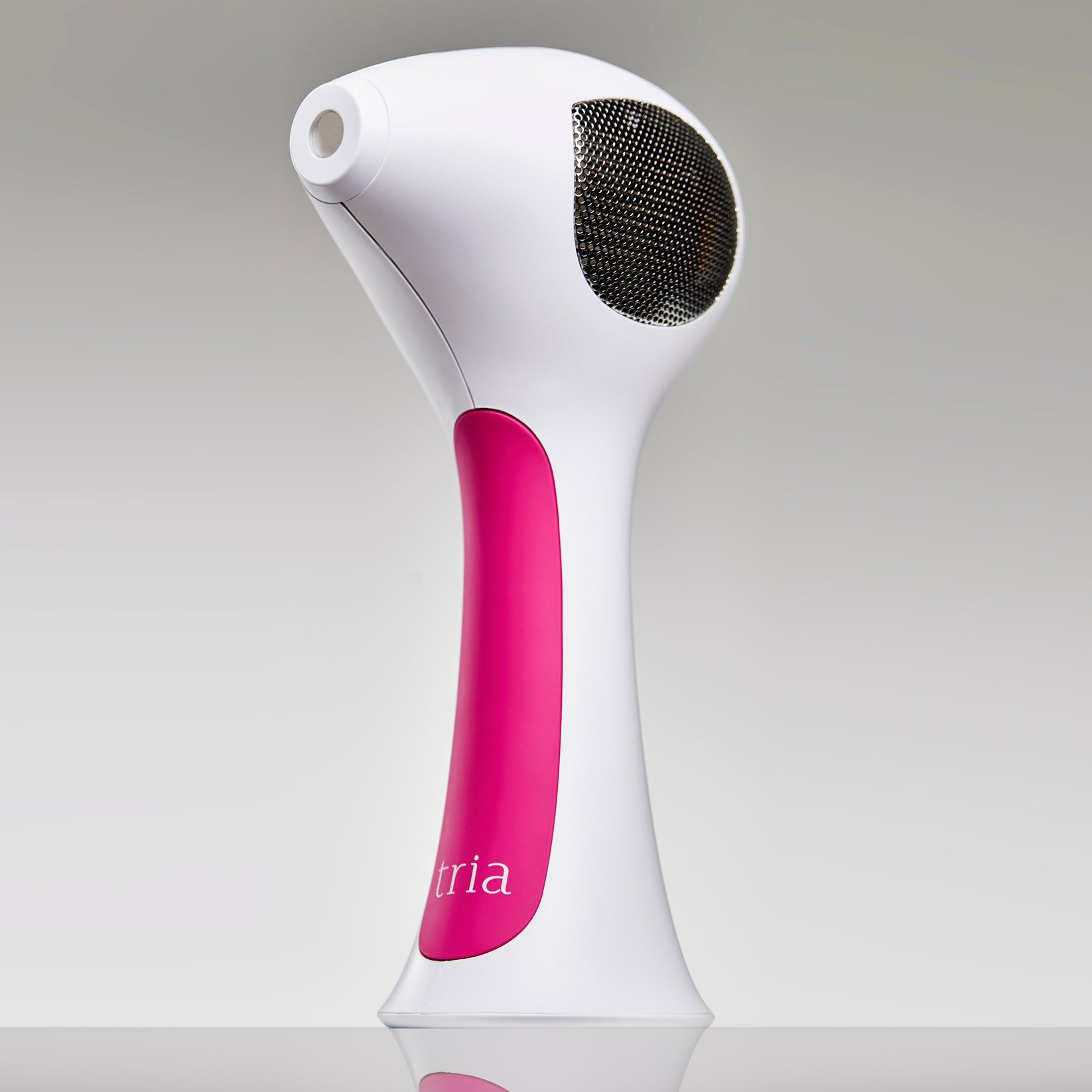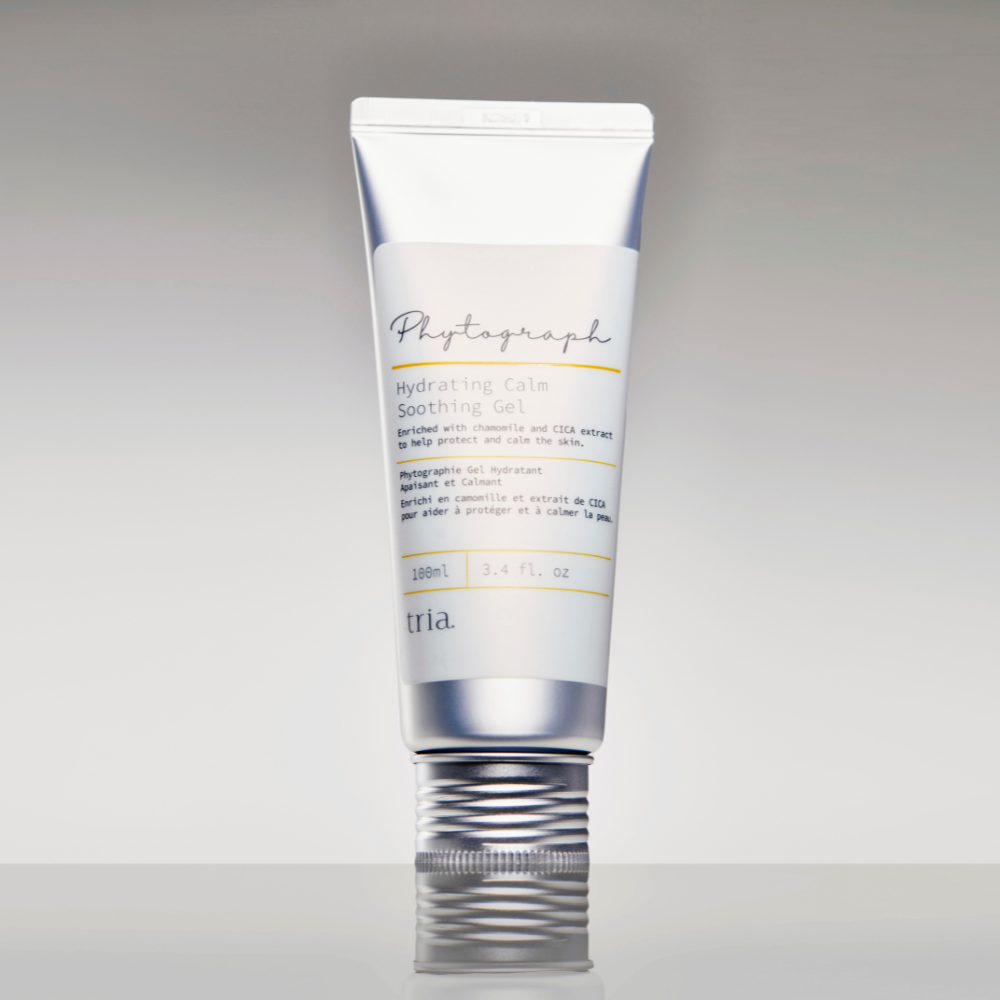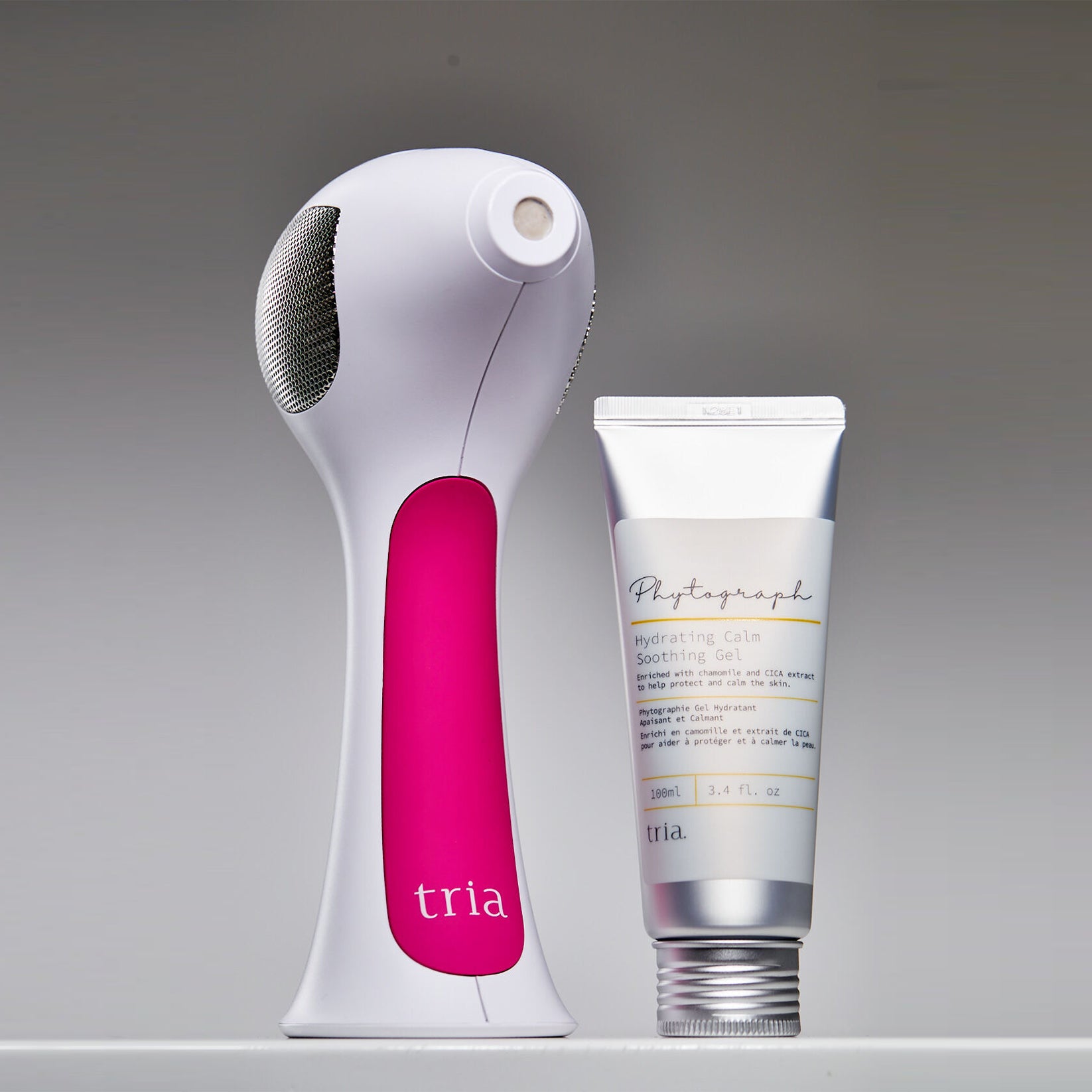IPL VS. LASER FOR HAIR REMOVAL
What’s the difference between IPL and laser technologies for hair removal? Which is better? Find out in this Tria Topic.
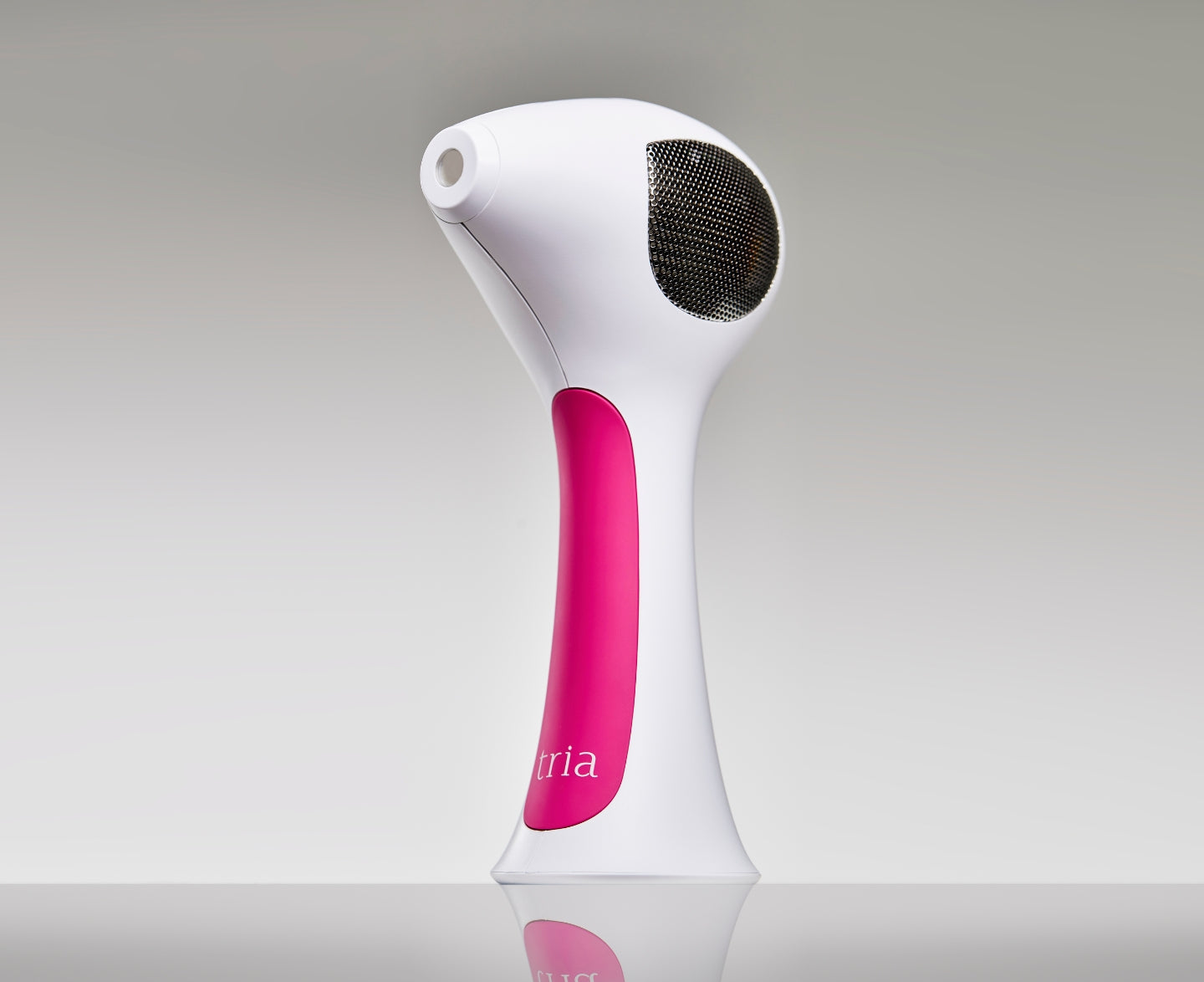

How IPL and laser hair removal work
IPL and laser hair removal work by targeting the melanin in hair (pigment that gives it its colour). To do this, these devices utilise a wavelength of light or laser energy that is well absorbed by the melanin.
Once the hair absorbs the light or laser energy, it is converted to heat, warming the hair follicle and disabling it. This causes hair to fall out and, if the right power and wavelength are used for a prolonged period, can become permanent. This process is known as selective photothermolysis.

Key factors for hair removal
Before we compare hair removal technologies, it is important to note the key factors that drive the efficacy of a device and therefore the results it provides.
Technology factors:
- Power level - the amount of energy it delivers
- Wavelength (the distance between two peaks of a light wave)
These two factors are extremely important when defining the level of results a device will achieve. We’ll touch on these later in this Tria Topic.
The below external factors are also important to consider when choosing a hair removal treatment:
- Skin tone - both IPL and laser are unsuitable for darker skin tones, due to the higher levels of melanin found in the skin around the hair.
- Hair colour - both technologies are unsuitable for those with red, blonde or grey hair due to the lack of melanin in the hair.
These technologies both work best on high-contrast skin and hair colour combinations.
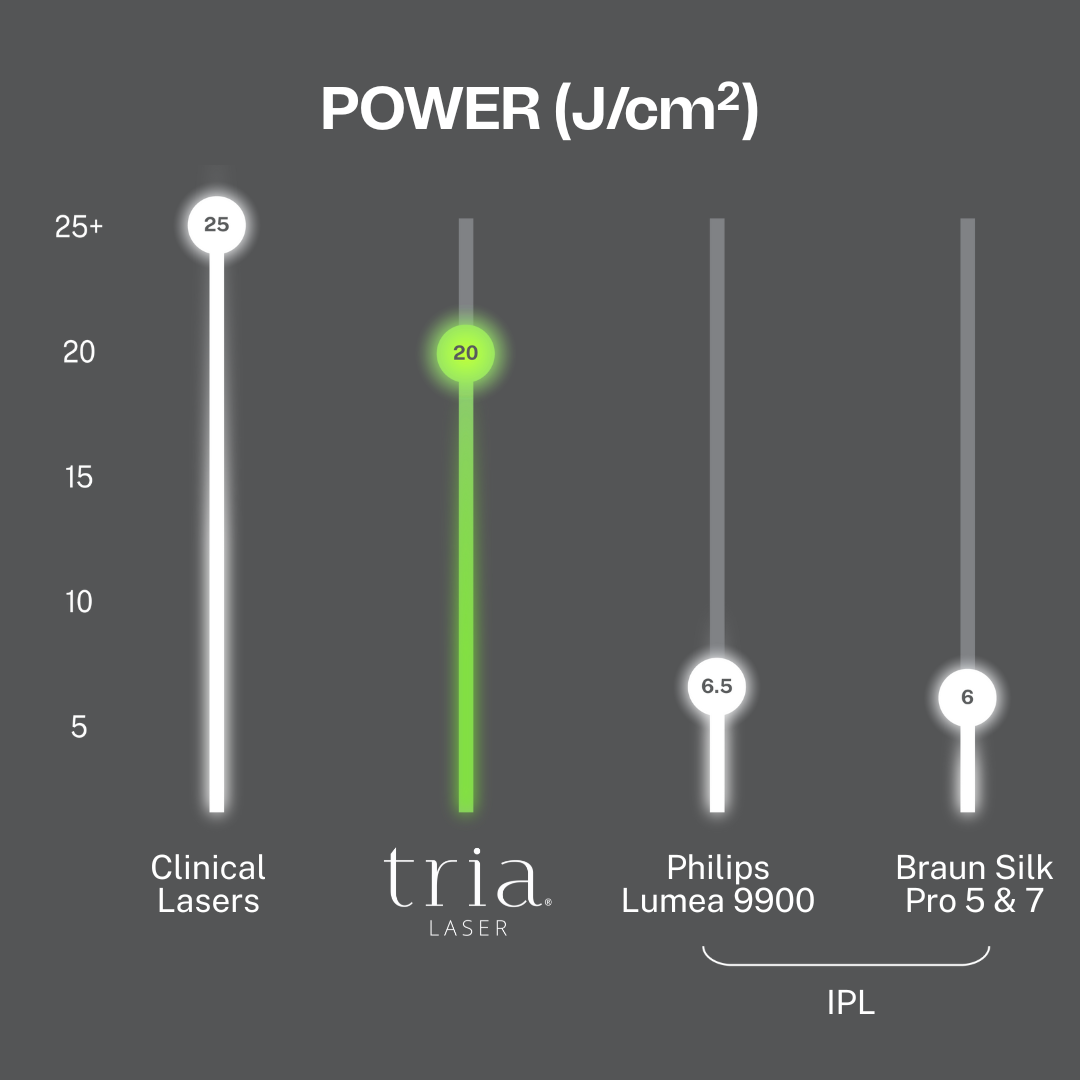
POWER MATTERS
Power, measured in J/cm², is clinically proven to have a positive correlation with the amount of hair removed.
A study comparing the efficacy of low and high power lasers of the same wavelength found that increasing a laser hair removal device’s power from 12J/cm² to 14J/cm² could drive a +15.6% increase in the amount of hair removed and a +10% increase in users rating their level of satisfaction as ‘excellent’. This shows even a marginal increase in power can drastically improve results.

TRIA 4X HAIR REMOVAL LASER POWER
Our Tria 4X Hair Removal Laser is the most powerful hair removal device available for at-home use. While clinics typically use 25+J/cm² of power, our Tria 4X Hair Removal Laser uses up to 20J/cm². This means that it produces the closest to in-clinic results available at home, with up to 233% more power than market leading IPL devices from brands such as Braun and Philips.
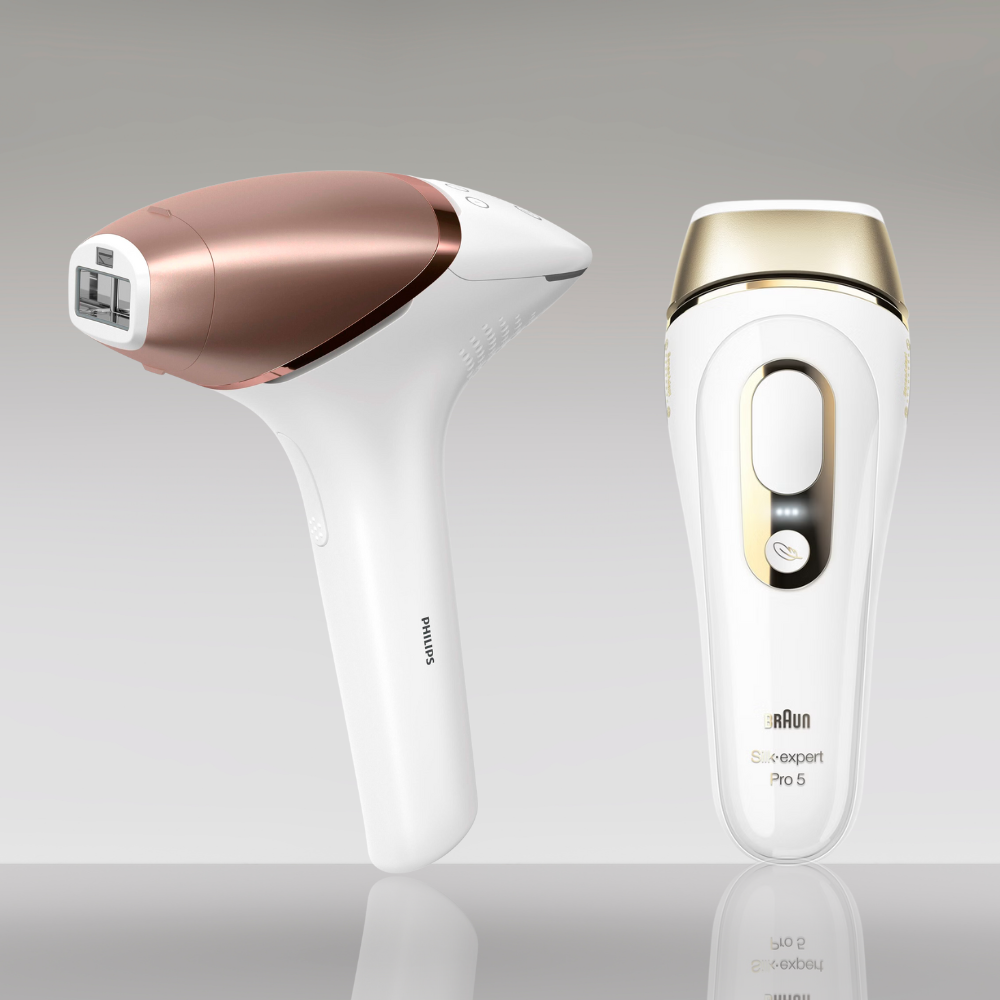
IPL DEVICE POWER
The leading IPL devices on the market use up to 6.5J/cm² of power on their highest settings. This is considerably lower than the Tria 4X Hair Removal Laser and even further from clinical laser devices.
Using a broad spectrum of light, IPL devices from manufacturers such as Braun and Philips allow for a larger treatment window. While this may allow for faster treatment sessions compared to laser devices, hair removal tends to be slower and regular top-ups are required.

WAVELENGTH MATTERS
The optimal wavelength for hair removal is 810nm. This is well absorbed by melanin (the pigment that gives hair its colour) without being absorbed by water and blood molecules. This allows it to heat the hair and the surrounding follicle with ease, without damaging the surrounding skin, unlike other wavelengths. This is also the reason that IPL and laser hair removal devices cannot be used on darker skin tones - as melanin also gives darker skin its colour.
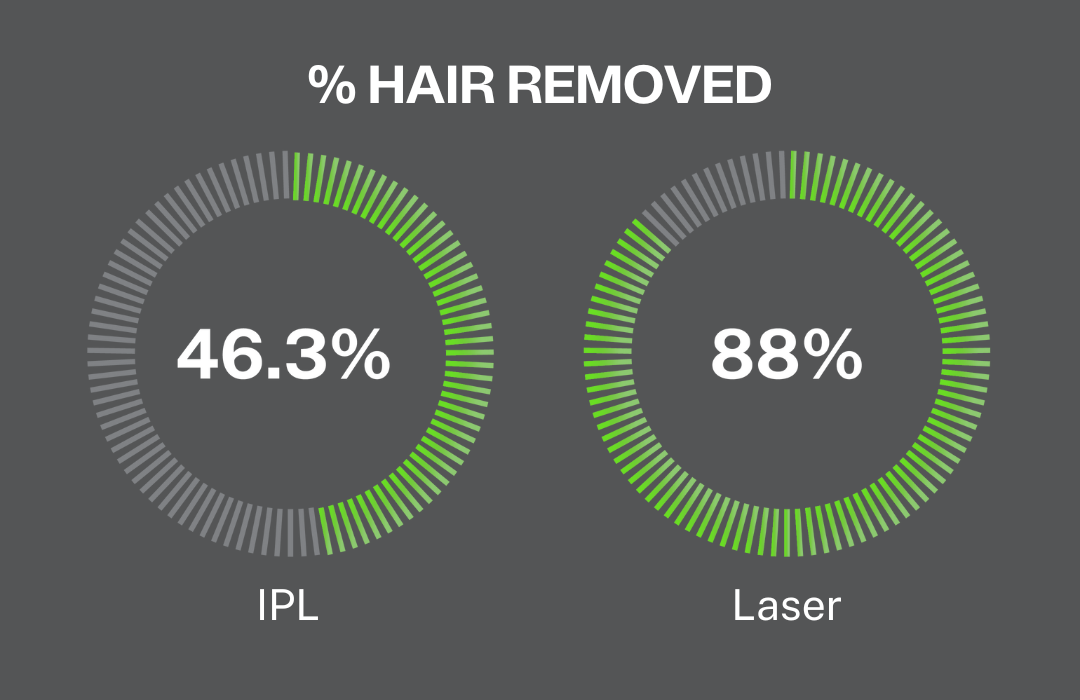
Tria 4X Hair Removal Laser Wavelength
Our Tria 4X Hair Removal Laser uses the same diode laser technology used by professionals in clinics around the world, at a wavelength of 810nm, clinically proven to be up to 90.1% more effective than IPL for hair removal.
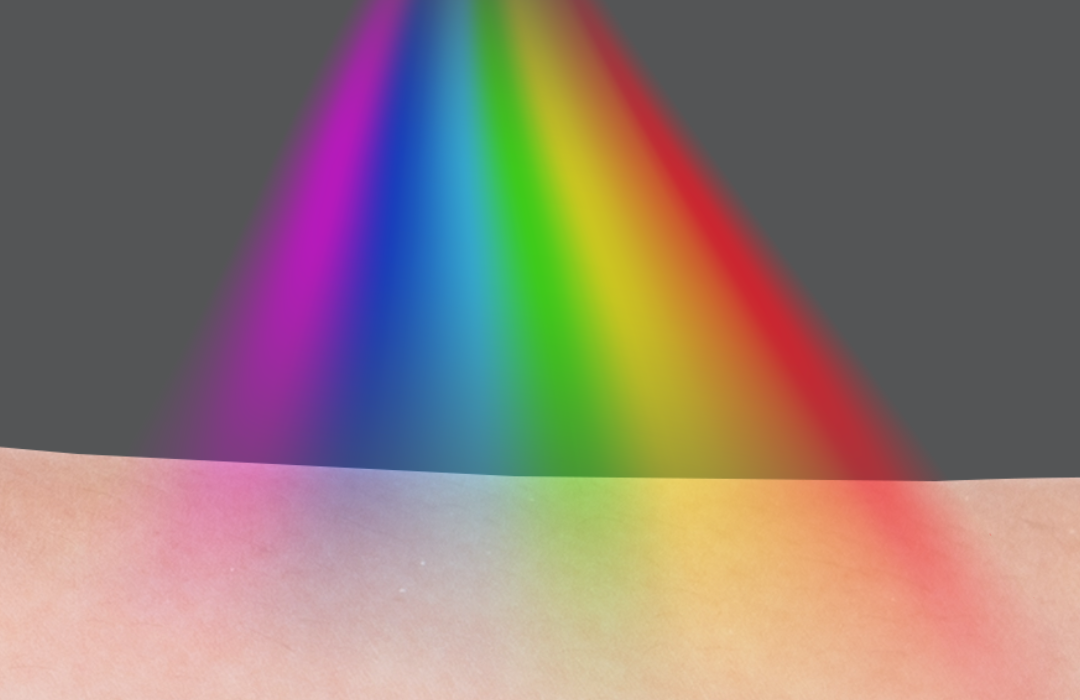
IPL DEVICE Wavelength
By comparison, IPL uses a broad spectrum of light at a variety of wavelengths. Although some wavelengths included in this broad spectrum produce hair removal results, others do not. While devices may attempt to block some of these wavelengths using cutoff filters, there is still a risk of tissue damage and discomfort, as well as wasted energy that does not impact results.
COMPARING RESULTS
Brand Comparison
Many brands have entered the at-home hair removal market in recent years, yet some are more effective than others, here’s how they compare across the factors mentioned above:
| Tria 4X Hair Removal Laser | Braun Silk I-Expert Pro 5 | Philips Lumea IPL 9900 Series | |
|---|---|---|---|
| Technology |
Laser |
IPL |
IPL |
| Maximum power output |
20J/cm² |
6J/cm² |
6.5J/cm² |
| Wavelength |
810nm |
Broad spectrum |
Broad spectrum |
| Number of settings |
5 |
10 |
5 |
| Top ups required |
Only as needed |
Monthly to maintain results |
Monthly to maintain results |
| Claimed results |
Up to 100%, Permanent Hair Removal |
1 year of smooth, hair-free skin |
18 months of visibly hair-free smooth skin |
| Clinical evidence for claimed results |
Not publicly available |
Not publicly available |
|
| Safe areas to treat |
Proven to be safe for use on most areas of the body but should not be used above the cheek on the face, on genitals or hair within the bikini line, on nipples or around the anus. |
All body parts if used on select settings with additional attachments. |
Requires different attachments for different body areas. With these, it can be used on the full body, except for the labia minora, the perineum, or around the anus. |
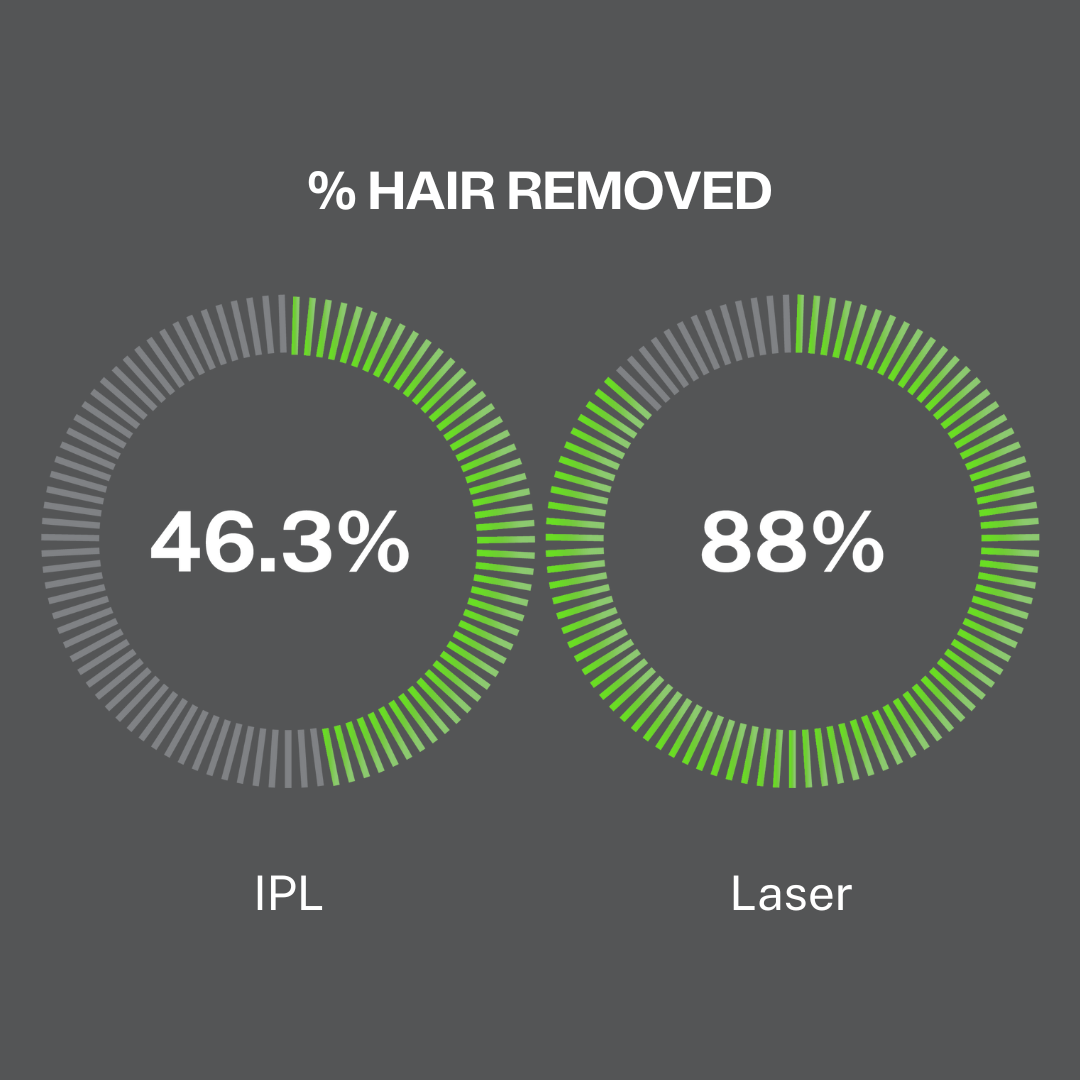
Which is better, IPL or Laser?
The laser technology used by Tria is clinically proven to permanently remove up to 100% of hair
Whereas, IPL is only proven to reduce hair, not remove it permanently.
This was supported by a study which saw IPL technology achieve a 46.3% reduction in hair, whilst a diode laser at just 10J/cm² (half the power of our Tria 4X Hair Removal Laser, which uses up to 20J/cm²) delivered 88% hair reduction.

IPL is temporary, Laser is permanent
Unlike IPL, the laser technology used by the Tria 4X Hair Removal Laser is clinically proven to produce permanent hair removal*, with a significant and sustained reduction in treated hair found during a long-term study on a variety of skin types, observed 1 month, 12 months and 2 years post-treatment.
The results of IPL are only semi-permanent and must be maintained with regular sessions to preserve the effects of treatment. This was highlighted by a study into the use of low energy intense pulsed light for at-home hair removal, which showed that overall hair reduction had reduced from 78% one month post-treatment to 72% two months later, highlighting the long-term ineffectiveness of IPL compared to laser.

IPL reduces, Laser removes
Laser is generally considered more effective than IPL for hair removal, providing permanent hair removal instead of temporary hair reduction. Using a single, focused wavelength proven to be the most effective at disabling hair follicles, laser technology targets hairs with precision and efficiency, meaning fewer treatments are required to produce clinically proven, permanent results.
In contrast, IPL can provide users with significant hair reduction, but these results are considered temporary and regular top up treatments will be required to maintain the results.

Final Considerations
It is, however, worth noting that with more power comes more discomfort. This is why it is recommended that users of laser devices, such as our Tria 4X Hair Removal Laser, start with lower settings and work their way up, and that calming gels such as our Phytograph Hydrating Calm Soothing Gel, are used before and after treatments to reduce discomfort.
Finally, it is worth noting that IPL device treatments are often shorter, allowing for less time to be spent treating. However, with the results being more permanent, time is saved in the long run with a laser device as top up treatments are not required.
SHOP HAIR REMOVAL
*Permanent results are defined as 'a permanent reduction in hair regrowth'. i.e., a long-term stable reduction in hair counts following a full course of laser treatments. Hair removal and reduction results are based on independent clinical studies.
**http://www.surgicalcosmetic.org.br/details/78/en-US/diode-laser-versus-intense-pulsed-light-in-axillary-epilation


